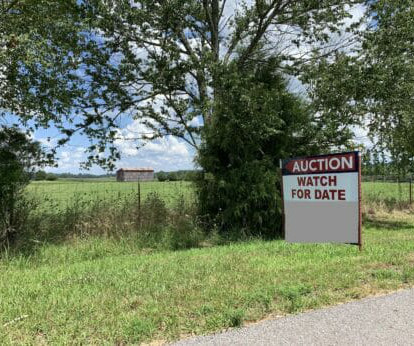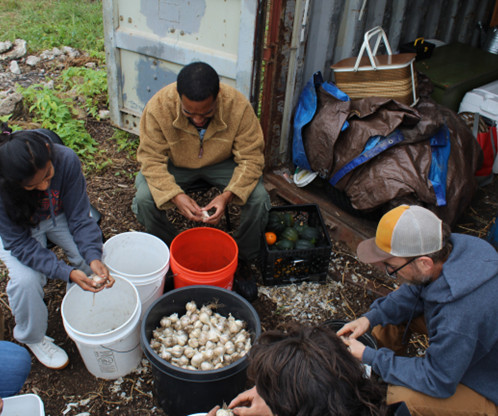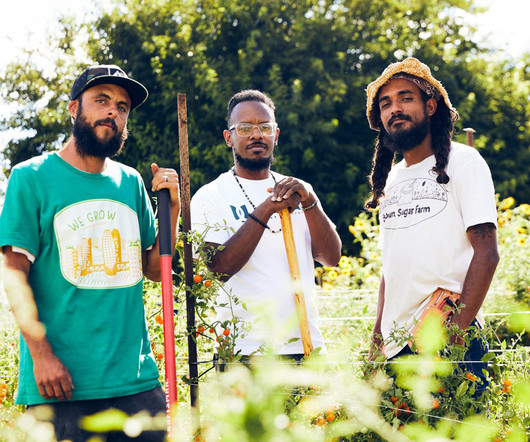Opinion: In American Agriculture, Size Matters
Modern Farmer
SEPTEMBER 6, 2023
When farms are continually consolidated—when there is one 5,000-acre farm in a community, for example, instead of 50 100-acre farms—fewer people remain in rural areas. Recognizing the value of farmland and the fact that, as a popular phrase goes, “they’re not making any more land,” investors are buying up agricultural acreage.











Let's personalize your content